Saseondae Tourist Resort & Sculpture Park (사선대관광지&조각공원)
16.0Km 2024-04-07
68-7, Saseon 2-gil, Imsil-gun, Jeonbuk-do
+82-63-640-2921
Saseondae Tourist Area was established around the upper region of the Seomjingang River. The pine trees are dense, cherry blossoms bloom in spring, and autumn leaves are spectacular in fall in this area. At the Sculpture Park next to the Saseondae Tourist Area, visitors can enjoy sculptures by local sculptors and international artists from the nearby Ogung-ri Art Village.
Korea Expressway Corporation Arboretum (한국도로공사 전주수목원)
16.5Km 2025-07-22
462-45 Beonyeong-ro, Deokjin-gu, Jeonju-si, Jeonbuk-do
The Korea Expressway Corporation Arboretum is located in Jeonju and operated by Korea Expressway Corporation. The arboretum was opened to counterbalance the environmental damage caused by the construction of expressways. As such, the arboretum maintains and promotes the conservation of many beautiful flora from across the country.
Gimje Munsusa Temple (문수사(김제))
16.8Km 2024-04-07
158, Hwangsan 5-gil, Gimje-si, Jeonbuk-do
+82-63-547-0972
Munsusa Temple, located in Hwangsan-dong, Gimje, is a branch temple of Geumsansa Temple. The temple is located in the heart of nature atop Bonghwangsan Mountain (alt. 100 meters), which is surrounded by the seemingly endless Mangyeong Plains. The temple was built by the great monk Hyedeok Seonsa in the 25th year of King Mu of Baekje after he was visited in his dreams by Munsu Bosal (a Buddhist Saint). The temple was named ‘Munsu’ after ‘Munsugol,’ the original name of the neighborhood in which the temple is located.
In front of the temple stands an ancient zelkova tree whose giant girth measures well over 5 meters. The tree, which is called gwimok (meaning holy, miraculous tree), was recently designated a specially protected tree and is now the focus of preservation efforts. Every January 14th (according to the lunar calendar), local lovernment of Gimje holds a sacred ritual for the tree while the temple holds a ritual to honor the mountain spirit.
Daeiljung (대일정)
17.2Km 2024-04-07
3 Suhakjeongseok-gil, Taein-myeon, Jeongeup-si, Jeonbuk-do
This Korean restaurant prides itself on serving an abundant Korean set meal, notably featuring the marinated hairy crab set menu and the grilled galbi patties set menu. Each set is accompanied by a lavish selection of 20 different side dishes. The marinated hairy crab, a seasonal delicacy, involves small river estuary crabs prepared in a savory sauce of green onions, red pepper paste, and soy sauce, ideally mixed with white rice. The grilled galbi patties, a harmonious blend of beef and pork, are grilled to perfection, offering a savory taste and a rich, juicy gravy. To conclude one's meal, enjoy a comforting serving of warm scorched rice soup and plum tea, which provides a gentle, soothing end to the rich flavors. Here, one can indulge in the full spectrum of sophisticated Korean cuisine.
Pihyangjeong Pavilion (정읍 피향정)
17.2Km 2025-01-17
2951 Taesan-ro, Taein-myeon, Jeongeup-si, Jeonbuk-do
Pihyangjeong Pavilion is known to be the most outstanding pavilion in all of Jeolla region. Orignally, there were two ponds around the pavilion, but one of the ponds were filled up with soil during the Japanese period. The pavilion's name derived from the scent of water lilies that bloomed afloat on the ponds. The pavilion demonstrates all the basic components of a typical pavilion built during the Joseon dynasty and is valued as an historical example of a wooden architecture during the mid-Joseon dynasty.
Museongseowon Confucian Academy [UNESCO World Heritage] (무성서원 [유네스코 세계문화유산])
18.1Km 2025-01-17
44-12 Wonchon 1-gil, Chilbo-myeon, Jeongeup-si, Jeonbuk-do
Museongseowon Confucian Academy was built in 1615 to honor Silla's scholar Choe Chiwon (857-?). An important cultural heritage for understanding the principles of Confucianism and culture of the Joseon dynasty, it is recognized as a representative example of seowon architecture and listed as a UNESCO World Heritage Site. The traditional architecture still remains, and the surrounding scenery, including old ginkgo trees, is beautiful.
Bibinakan (비비낙안)
19.4Km 2024-10-15
26 Bibijeong-gil, Samnye-eup, Wanju-gun, Jeonbuk-do
Climbing the steep stairs leading to Bibinakan affords one a view of the open lawn and view of the cafe where BTS members sat comfortably. The scenery of Wanju and the leisurely flow of the Mangyeonggang River as well as downtown Jeonju can be seen in a panoramic view without obstruction. Especially when the sun goes down, the sunset over the river is spectacular scenery.
Imsil Cheese Village (임실 치즈마을)
19.4Km 2025-01-17
4 Cheese maeul 1-gil, Imsil-eup, Imsil-gun, Jeonbuk-do
Imsil Cheese Village is the home of Korean cheese. In 1966, Father Didier t'Serstevens (Korean name: Ji Jeong-hwan), a Belgian priest, brought two mountain goats to the village and started making cheese. He worked day and night with the locals to make the cheese that has earned its current reputation. Imsil Cheese Village runs experience programs such as mozzarella cheese making and yogurt making.
Wanju Samrye Culture & Arts Village (완주 삼례문화예술촌)
20.0Km 2024-04-07
81-13, Samnyeyeok-ro, Wanju-gun, Jeonbuk-do
+82-63-290-3862
Samrye Culture & Arts Village is an art village also referred to as "Samsamyeyemimi." Once used as a granary and an official residence during the Japanese administration, it has now become a village of art. The village consists of Design Museum, Visual Media Art Gallery, Kim Sang-rym Carpentry Shop (Wood Works), and Book Museum and offers a variety of programs during exhibition events and art festivals.
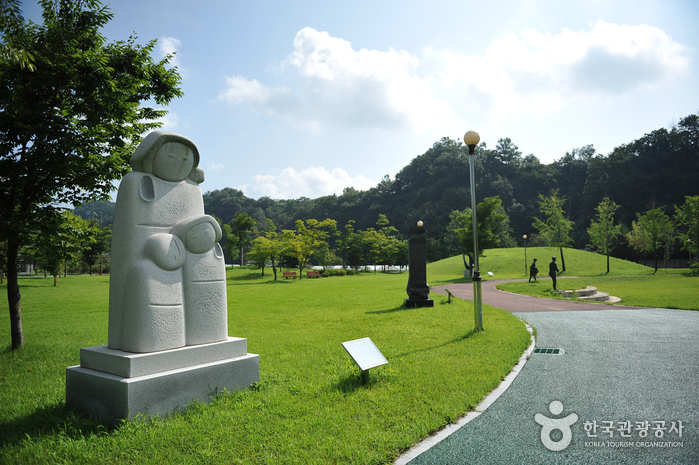

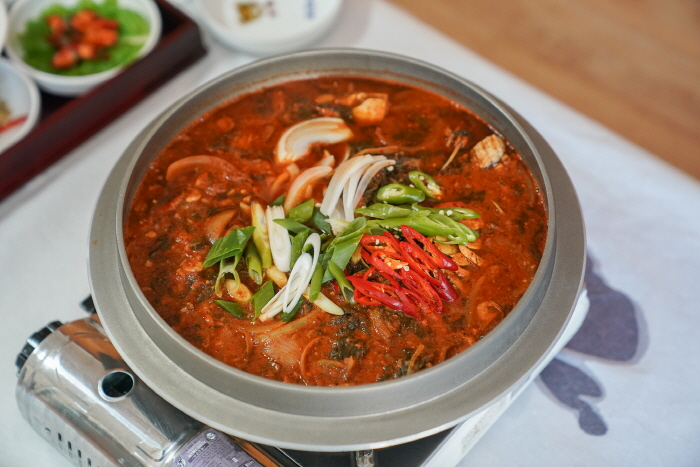
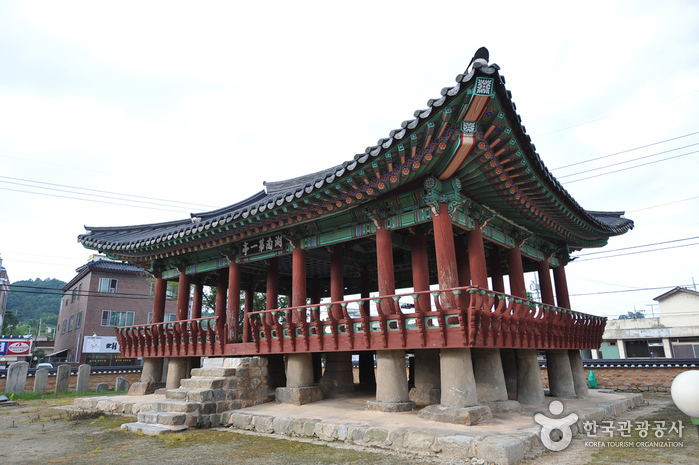
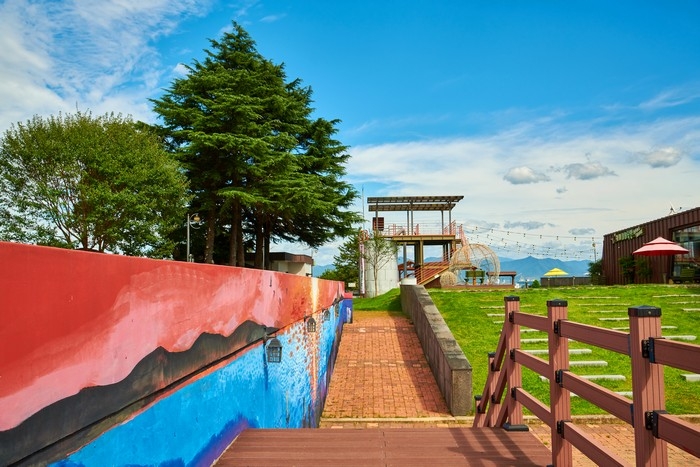
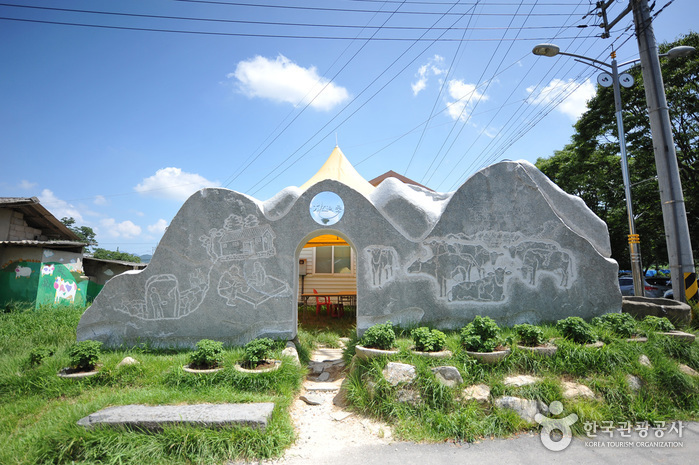
 English
English
 한국어
한국어 日本語
日本語 中文(简体)
中文(简体) Deutsch
Deutsch Français
Français Español
Español Русский
Русский